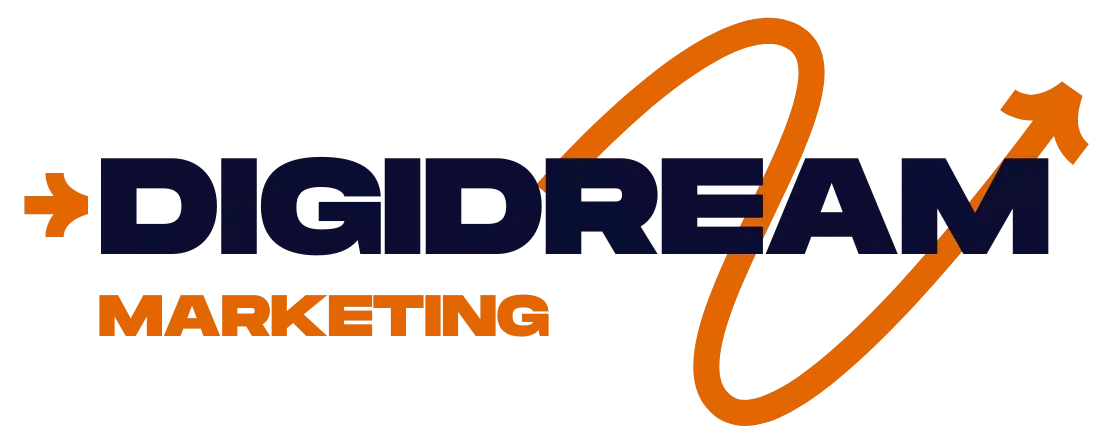Mastering Technical SEO and SEM for Enhanced Online Presence – DigiDream
Unveiling the Essentials of Technical SEO and SEM
Technical SEO is paramount for optimizing the core infrastructure of your website. It’s designed to enhance how search engines locate, comprehend, and store your web pages, thus ensuring visibility in search outcomes. Let’s dive into the fundamental components of Technical SEO and SEM, their costs, and strategic integration for optimum results.
Vital Components of Technical SEO
Technical SEO revolves around several crucial elements to optimize, including:
Use auditing tools to scan and prioritize technical issues that need fixing, ensuring an efficient optimization process.
Understanding SEM and Its Components
Search Engine Marketing (SEM) extends beyond SEO by incorporating PPC search ads to elevate a site’s presence. Below are primary components associated with SEM:
Ad creations and integrations such as extensions can further enhance the effectiveness of SEM efforts by providing additional user engagement options.
Cost Comparison: SEO vs. SEM
The financial commitments differ considerably between SEO and SEM. SEO typically involves expenses related to content development, optimization, and link-building, whereas SEM necessitates a blend of SEO with direct advertising costs for quick visibility and results. Despite SEO being perceived as ‘free,’ creating and maintaining content requires financial investment.
It’s estimated that organic efforts might rank a well-optimized page highly—inducing sustained traffic flow sans additional costs post-initial Investments—contrasted with continuous ad budgets needed to sustain – through SEM, particularly PPC, traffic inflow.
Timeframe for Results: SEO vs. SEM
The pace at which results manifest is another differentiator; SEM can spark immediate visibility and traffic, while SEO strategies often require a longer timeline—typically 6 to 12 months—to witness significant movements in rankings and organic traffic.
However, while PPC provides fast visibility, it demands continuous adjustments and the visibility halts when campaigns pause, contrasted with the sustained momentum SEO initiatives can achieve once established.
Integrating SEO and SEM: A Strategic Approach
Choosing between SEO and SEM should factor in your business goals, budget, and timelines for gainful outcomes. SEO fits ideally for sustained, cost-effective traffic growth; conversely, SEM can complement immediate needs for visibility and sales generation.
Industries often benefit most by blending SEO and PPC strategies. An enhanced SEM strategy would involve understanding audience behavior through extensive keyword research, creating engaging content aligned with organic pursuits, while bolstering visibility through targeted paid campaigns.
Kickstart your enhanced search engine visibility journey with tools designed to offer insights and coordination in both SEO and SEM efforts. Begin with a free DigiDream trial to access the comprehensive resources necessary for implementing a robust strategy leading to fortified online presence and traffic advances.
#TechnicalSEO #SearchMarketing #DigitalStrategy #SEO #SEM #PPCTips #Optimization #DigitalMarketing #DataAnalysis #DigiDreamSolutions #KeywordStrategy #AudienceDevelopment #TrafficOptimization #CostAnalysis #StrategyIntegration










